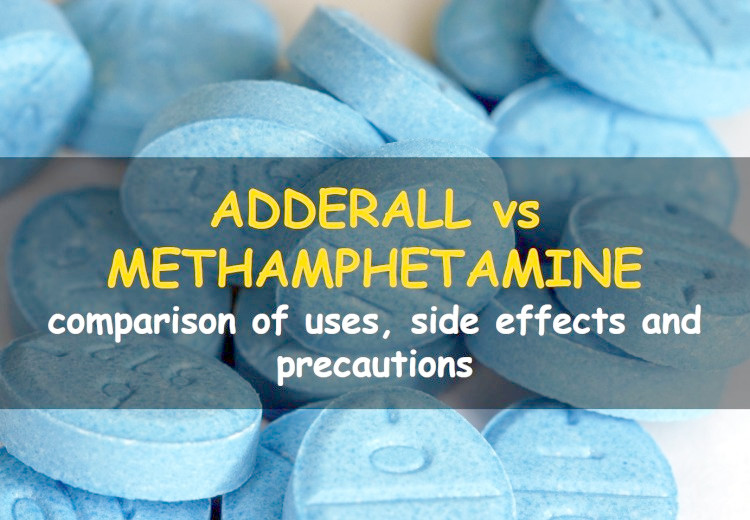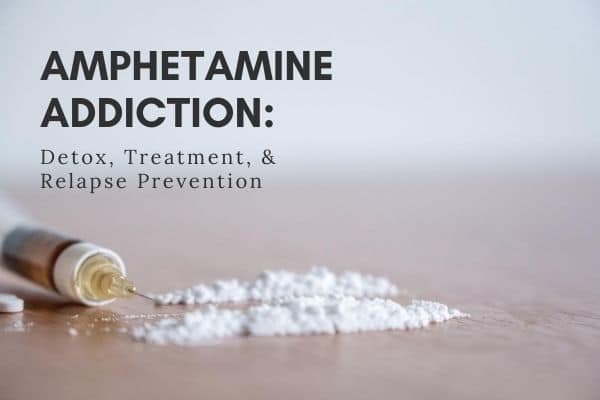

APA and its analogue methamphetamine (MA) ( Figure 1) acts on the CNS to release dopamine (DA) and other biogenic amines and to inhibit neuronal and vesicular monoamine transporters (VMAT2) and monoaminoxidase (MAO).

Of its different isomers, the d-isomer (dextroamphetamine) is 3–4 times more potent than the l-isomer. Amphetamine is released into the synaptic cleft with subsequent nerve discharges and acts as a “false neurotransmitter”.Īmphetamine (APA) (racemic β-phenylisopropylamine) is one of the most potent sympathomimetic amines in inducing an excited state of the CNS ( Figure 1A). Chronic use induces a short-developing tolerance called tachyphylaxis in which the vesicles become depleted of the biogenic amines. These biogenic amines like dopamine, adrenaline, noradrenaline, and serotonin escape the axon to reach the synaptic cleft and bind the receptors to produce the CNS stimulation (B) and euphoric effects observed with the use of APA and MA. Within the axonal terminal, VMAT2 transports APA and MA into the secretory vesicles to replace the biogenic amines in a quantitative manner (A). APA and MA (blue dots) enter the axonal terminals in different areas of the brain by a reuptake pump that normally transports biogenic amines (A). Structures of both of these drugs resemble the biogenic amines. Shows a CNS synapse representative of biogenic amines as neurotransmitters and the sites of action of amphetamine and methamphetamine. The nature of neurochemical imbalance at the level of synapses in amphetamine addictionįigure 1. Briefly, this Viewpoint addresses the 1.Ĭhemistry and sites of amphetamine bindings to induce its CNS actionĮffects of methamphetamine on organs and tissues

In the case of MA and similar drugs like cocaine, the addiction builds up over a period of time until it completely grips the user to defy the above-mentioned confident denial and initiates the downward spiral of the most dangerous kind. The next exposures and the buildup of addiction takes a natural course, with the denials by the individual that “I am not hooked to it at all” and “my use of this is purely occasional.” We as humans would honestly confess that the same rule applies to not so very dangerous, but addictive social drinks like coffee and tea.

These memory recalls are nearly impossible to resist in the near future and could be best referred as the revisit calls which are hard, if not impossible, to resist. The rest of the job of getting an individual addicted to APA or MA is done by the recalls of the highs by the temporal lobe of the brain, that is known for keeping the virtual memories of such events. As with any other addictive drug and chemical, all that is needed to get an individual hooked to MA is the first experience of its “rush”, an event that is so very likely to occur in gatherings and parties these days. On the other hand, this study demonstrated that the m-AMPH induces oxidative damage greater than d-AMPH, showing neurochemical differences previously unknown.As a contribution to the call for DARK Classics in Chemical Neuroscience in 2017, this Viewpoint is to reflect on underlying mechanisms behind the addictive central nervous system (CNS) excitation that rushes in with abuse of amphetamine (APA) and its analogues like methamphetamine (MA) ( Figure 1A). The results of this study show that d-AMPH and m-AMPH have similar behavioral effects, which previous studies had already reported. d-AMPH and m-AMPH increased lipid and protein damage, but m-AMPH was more potent than d-AMPH, however, this effect varies depending on the brain region and the experimental protocol. In both experiments, d-AMPH and m-AMPH (all doses administered) increased the locomotor activity of animals, meantime, no significant difference between d-AMPH and m-AMPH was observed. Additionally, thiobarbituric acid reactive substances (TBARS) and protein carbonyl formation were measured in the prefrontal cortex, amygdala, hippocampus and striatum. Locomotor activity was evaluated in open-field apparatus 2 h after the last drug injection. Male adult Wistar rats were given single (acute administration) or repeated (chronic administration, 14 days) intraperitoneal injections of saline (0.9% NaCl), d-AMPH (2 mg/kg) or m-AMPH (0.25, 0.5, 1 or 2 mg/kg). In this study methamphetamine (m-AMPH) and dextroamphetamine (d-AMPH) were compared to determine the potency of the two drugs on behavior and oxidative damage in brain of rats.


 0 kommentar(er)
0 kommentar(er)
